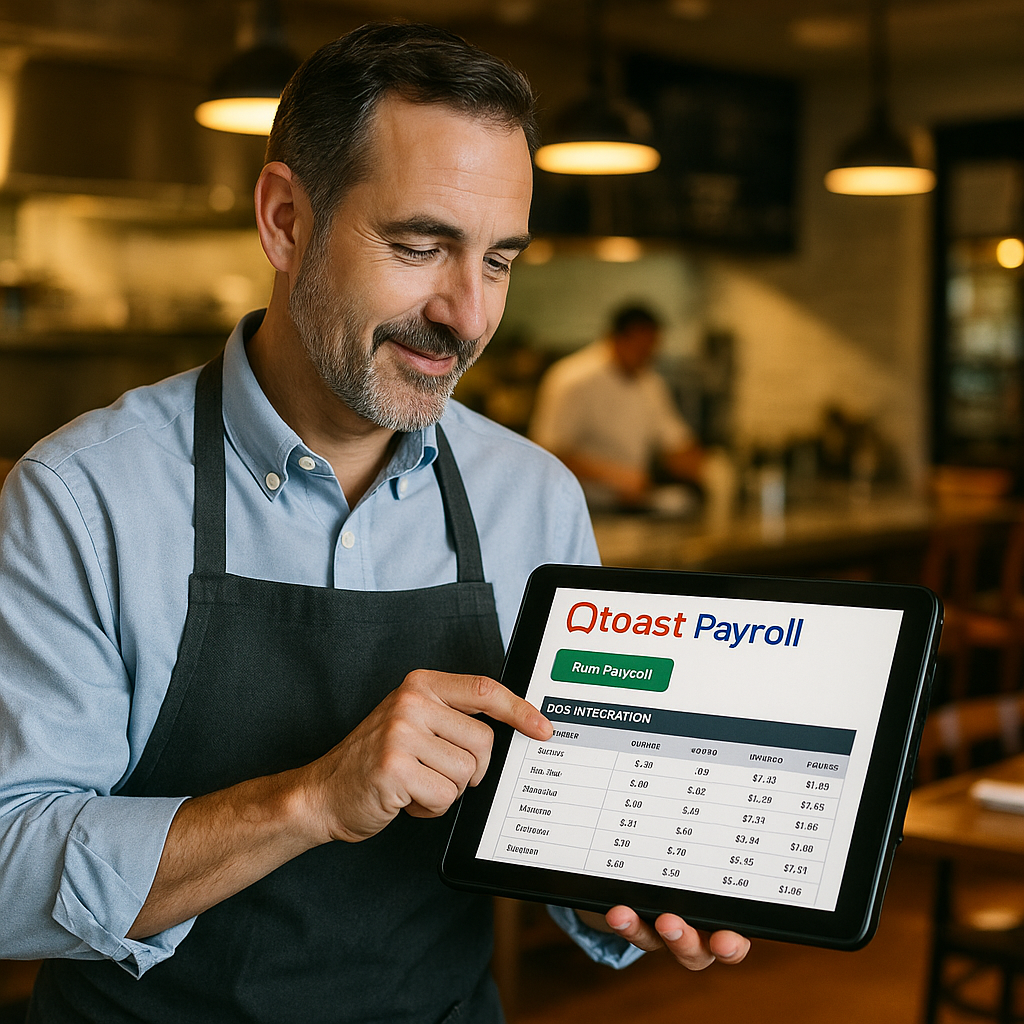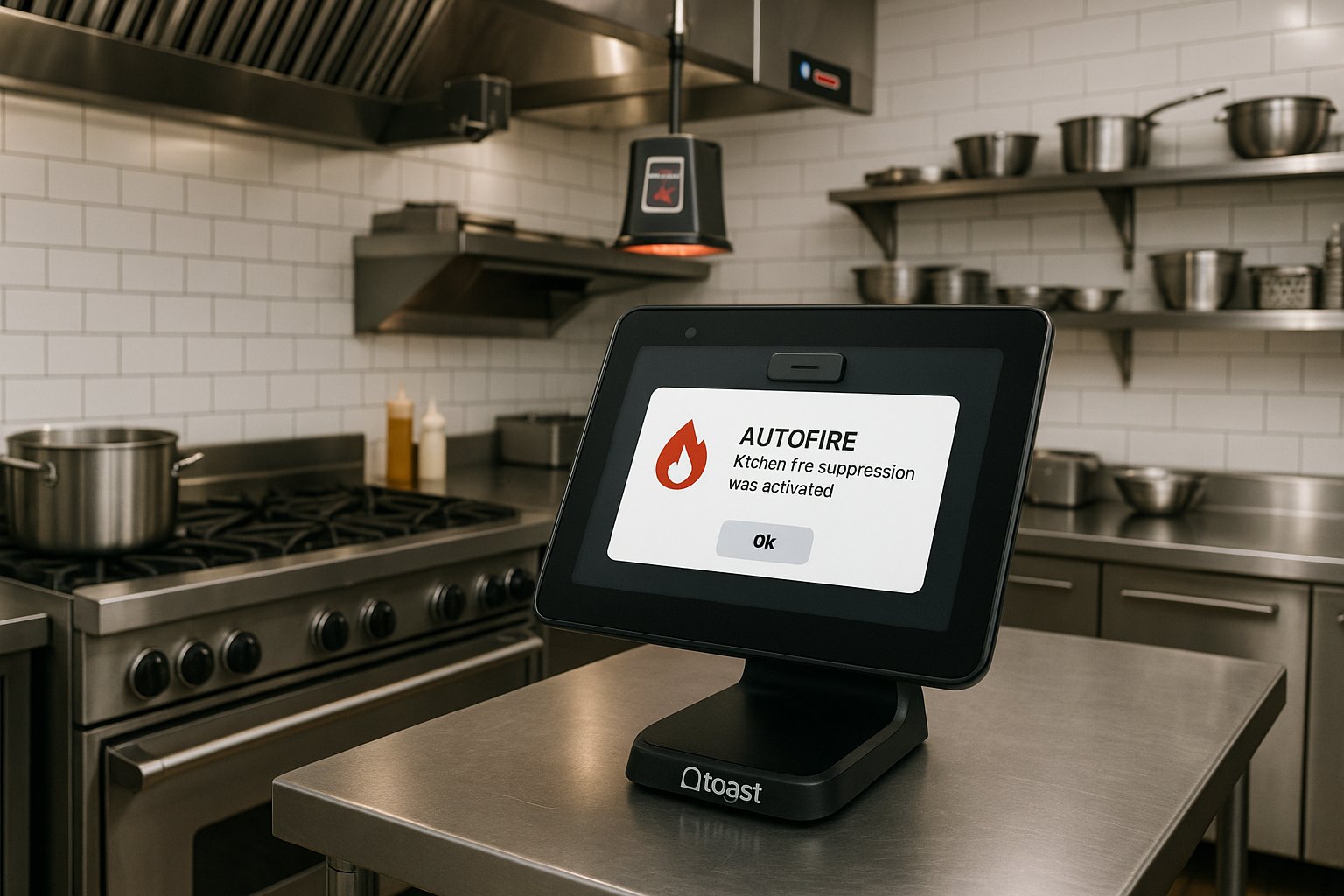Understanding the Basics of Table Mapping in Toast POS
Introduction
Table mapping is a critical feature in the Toast POS system, transforming how restaurants manage their dining spaces. This function allows establishments to customize their floor plans, ensuring that each table is correctly represented in the system. By mapping tables, restaurant staff can quickly assess table availability, optimize seating arrangements, and enhance overall service efficiency.
The Toast POS table mapping feature includes an intuitive interface that enables users to drag and drop tables, adjust their configurations, and designate specific areas for different service styles. Moreover, it supports various dining scenarios, from casual dining to fine dining, making it flexible for diverse restaurant environments. With clear visuals of the floor plan, staff can easily navigate the dining area, ensuring faster service and a smoother customer experience.
Additionally, table mapping aids in accommodating large parties or reservations effectively. The ability to visualize all tables at once allows managers to make informed decisions on seating arrangements, maximizing occupancy and minimizing wait times. With these capabilities, Toast POS ensures restaurants can keep up with customer demand while providing top-notch service.
Enhancing Customer Experience Through Effective Table Mapping
Effective table mapping not only streamlines operations but also significantly enhances the customer experience. By using Toast POS to allocate tables based on customer preferences or reservation details, restaurants can create a more personalized dining experience. This setup ensures that guests are seated in their desired locations, whether they prefer a cozy corner or a bustling area near the bar.
Moreover, the system’s ability to track table turnover rates allows restaurants to manage dining flow more effectively. By understanding peak times and customer behavior, establishments can adjust their table assignments accordingly, thus improving service speed. This proactive approach helps in reducing wait times, allowing customers to enjoy their meals without unnecessary delays.
Additionally, table mapping can aid in upselling opportunities. By placing tables in optimal locations, such as near the bar or dessert display, restaurants can encourage customers to order additional items. This strategic placement can result in increased sales while simultaneously enhancing the overall dining experience for patrons.
Streamlining Operations with Toast POS Table Management
With Toast POS, table management is not just about seating guests; it’s a comprehensive tool for operational efficiency. The table mapping feature integrates seamlessly with other POS functionalities, such as order management and payment processing. This integration allows staff to take orders directly from the table, reducing the time spent on navigating the floor and increasing the time spent on customer interaction.
Furthermore, the real-time updates provided by the system ensure that staff are always aware of table status—whether they are occupied, reserved, or available. This transparency helps in minimizing confusion during busy times, enabling smoother service. Managers can easily monitor table usage and adjust staffing levels based on the current demand and seating arrangements.
Toast POS also offers robust reporting features that allow restaurant managers to analyze table performance. By understanding which tables are most popular, establishments can make informed decisions regarding seating layouts, special promotions, or even staff assignments. This data-driven approach helps in optimizing operations and enhancing profitability.
Best Practices for Implementing Table Mapping in Restaurants
Implementing table mapping effectively requires careful planning and consideration of the restaurant’s unique layout and service style. One of the best practices is to involve staff in the mapping process. Since they are the ones who interact with the tables daily, their insights can help in creating a layout that promotes efficiency and enhances customer service.
Regularly updating the table map is another essential practice. Changes in décor, furniture, or even service styles can impact how tables are best utilized. Using Toast POS’s flexible mapping tools, restaurants can easily adjust their layouts to reflect these changes, ensuring that the floor plan remains optimal for service delivery.
Lastly, training staff on how to use the table mapping feature effectively is crucial. A well-informed team can leverage the full potential of the system, leading to better service delivery and customer satisfaction. By investing in training and encouraging feedback, restaurants can create a more responsive and agile dining environment.
Conclusion
Incorporating table mapping with Toast POS can revolutionize a restaurant’s operations, enhancing both customer experience and staff efficiency. The ability to visualize and manage the dining area effectively allows restaurants to adapt to changing needs and maintain a high standard of service. By implementing best practices and utilizing this powerful tool, establishments can maximize their potential for success.


